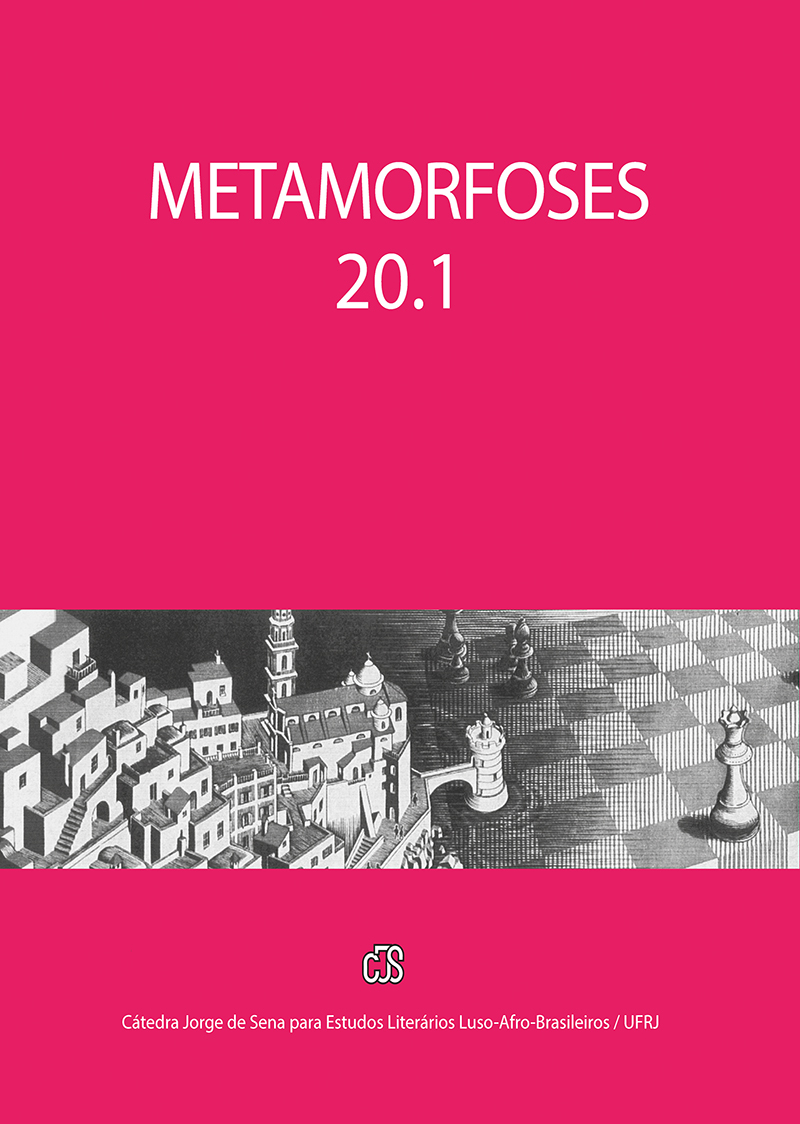Do jogo infantil à poesia: collage na poesia de Rui Pires Cabral
Resumo
As pointed out by Antoine Compagnon (2007), the exercise of cutting and pasting with the hands goes back to the children’s game that, being prior to writing, constitutes a fundamental experience with paper, of which “reading and writing are but derived, transitory, ephemeral forms” (Compagnon, 2007). Despite having achieved greater visibility in the plastic arts, collage played an important role in all modernist art forms, including poetry. As the critic Marjorie Perloff (1998) points out, “coordination rather than subordination, similarity and difference rather than logic or sequence or even classification - these are the elements of verbal collage”, elements that, from modernism onwards, were present in various poetic works. With the advent of computer graphics and digital video, collage began to be used in advertising, book and magazine publishing, video and film production, among other areas, but its traces can still be found in the arts and poetry. In this sense, this text proposes to make a brief history of collage since its advent in the artistic world at the beginning of the century and, above all, to discuss its presence in contemporary poetry through the poetic work of Rui Pires Cabral, a Portuguese poet who combines “Verbal and visual raw material of the most varied nature, age and provenance, which tear[s] and combine[s] to arrive at something new in which word and image illuminate each other, something whole and cohesive that only exists through the interrelation of its elements, however contrary or incompatible they may seem at the outset”.
Downloads
Publicado
Edição
Seção
Licença
Copyright (c) 2024 Metamorfoses - Revista de Estudos Literários Luso-Afro-Brasileiros

Este trabalho está licenciado sob uma licença Creative Commons Attribution-NonCommercial 4.0 International License.
Autores que publicam nesta revista concordam com os seguintes termos:
- Autores mantêm os direitos autorais e concedem à revista o direito de primeira publicação, com o trabalho simultaneamente licenciado sob a Licença Creative Commons Attribution que permite o compartilhamento do trabalho com reconhecimento da autoria e publicação inicial nesta revista.
- Autores têm autorização para assumir contratos adicionais separadamente, para distribuição não-exclusiva da versão do trabalho publicada nesta revista (ex.: publicar em repositório institucional ou como capítulo de livro), com reconhecimento de autoria e publicação inicial nesta revista.
- Autores têm permissão e são estimulados a publicar e distribuir seu trabalho online (ex.: em repositórios institucionais ou na sua página pessoal) a qualquer ponto antes ou durante o processo editorial, já que isso pode gerar alterações produtivas, bem como aumentar o impacto e a citação do trabalho publicado (Veja O Efeito do Acesso Livre).

